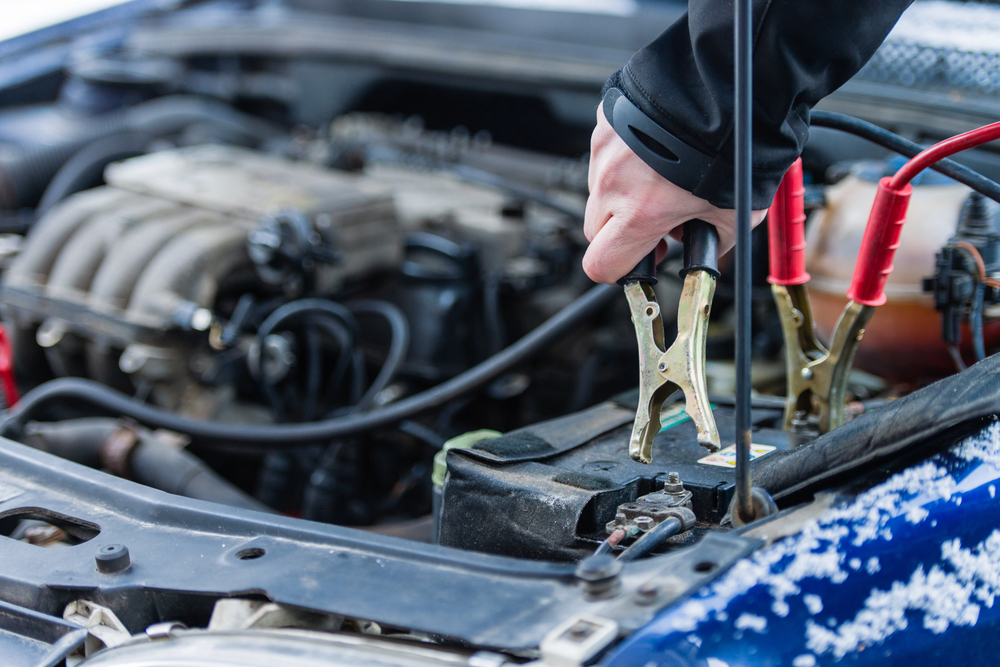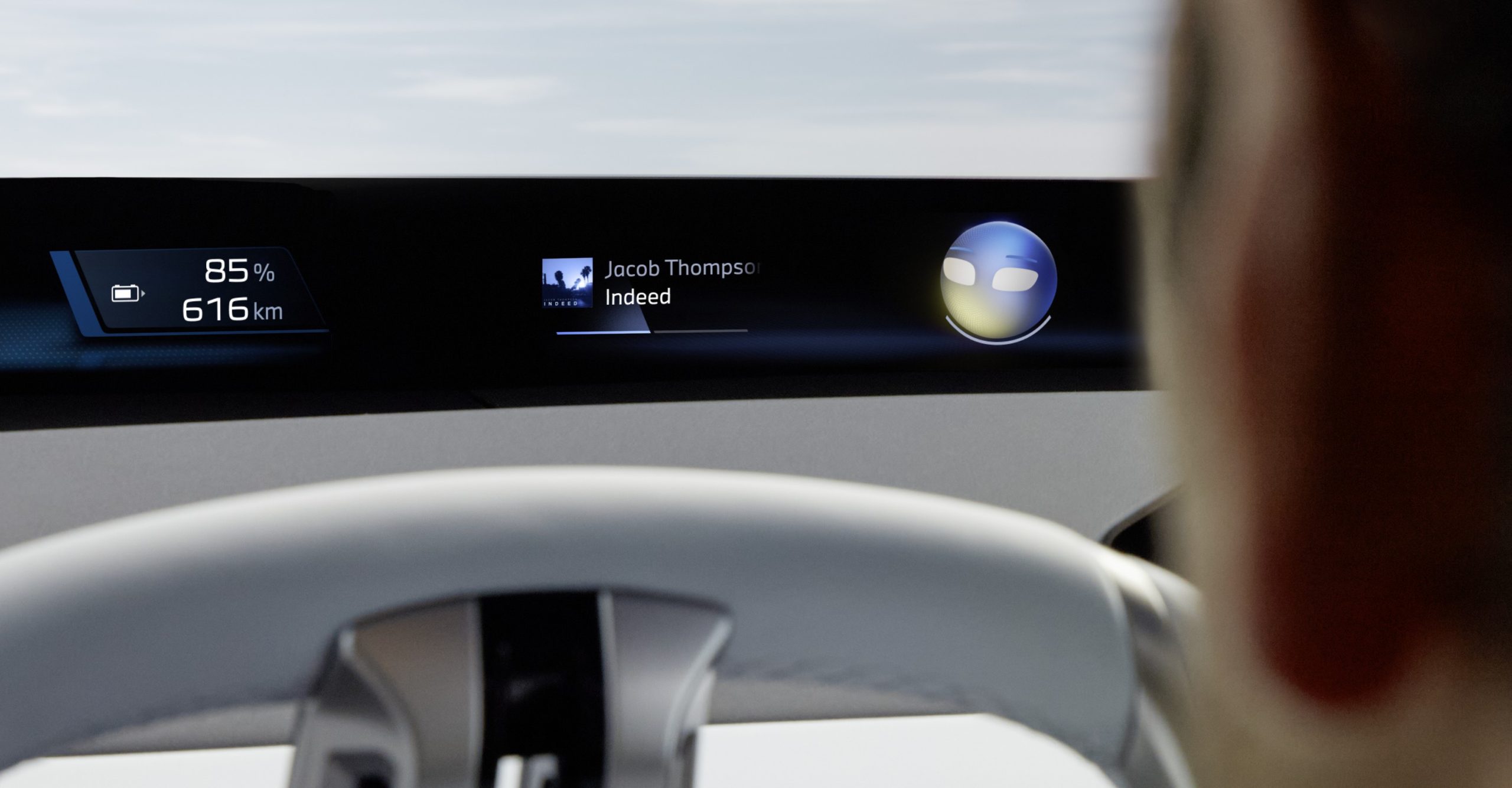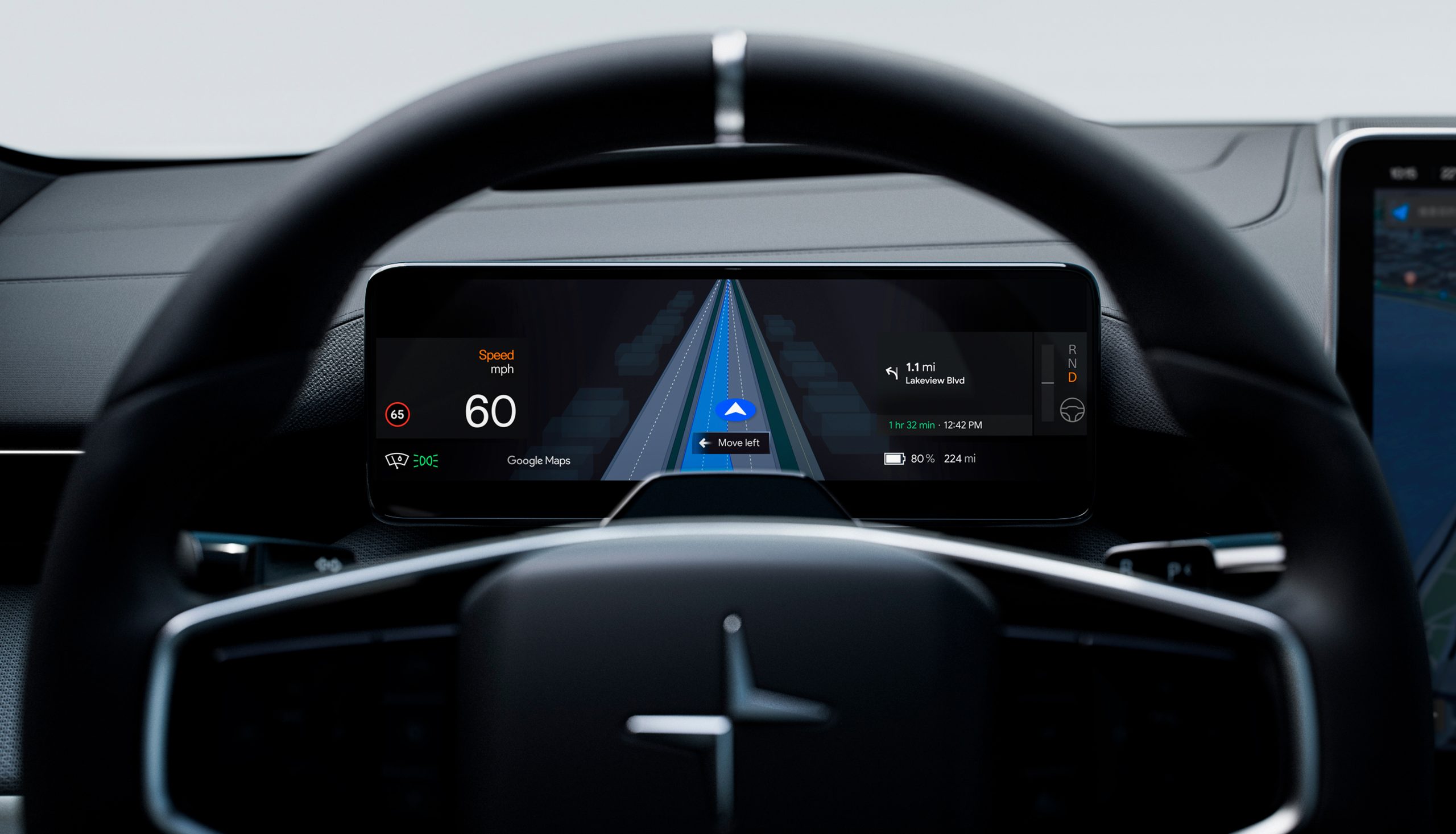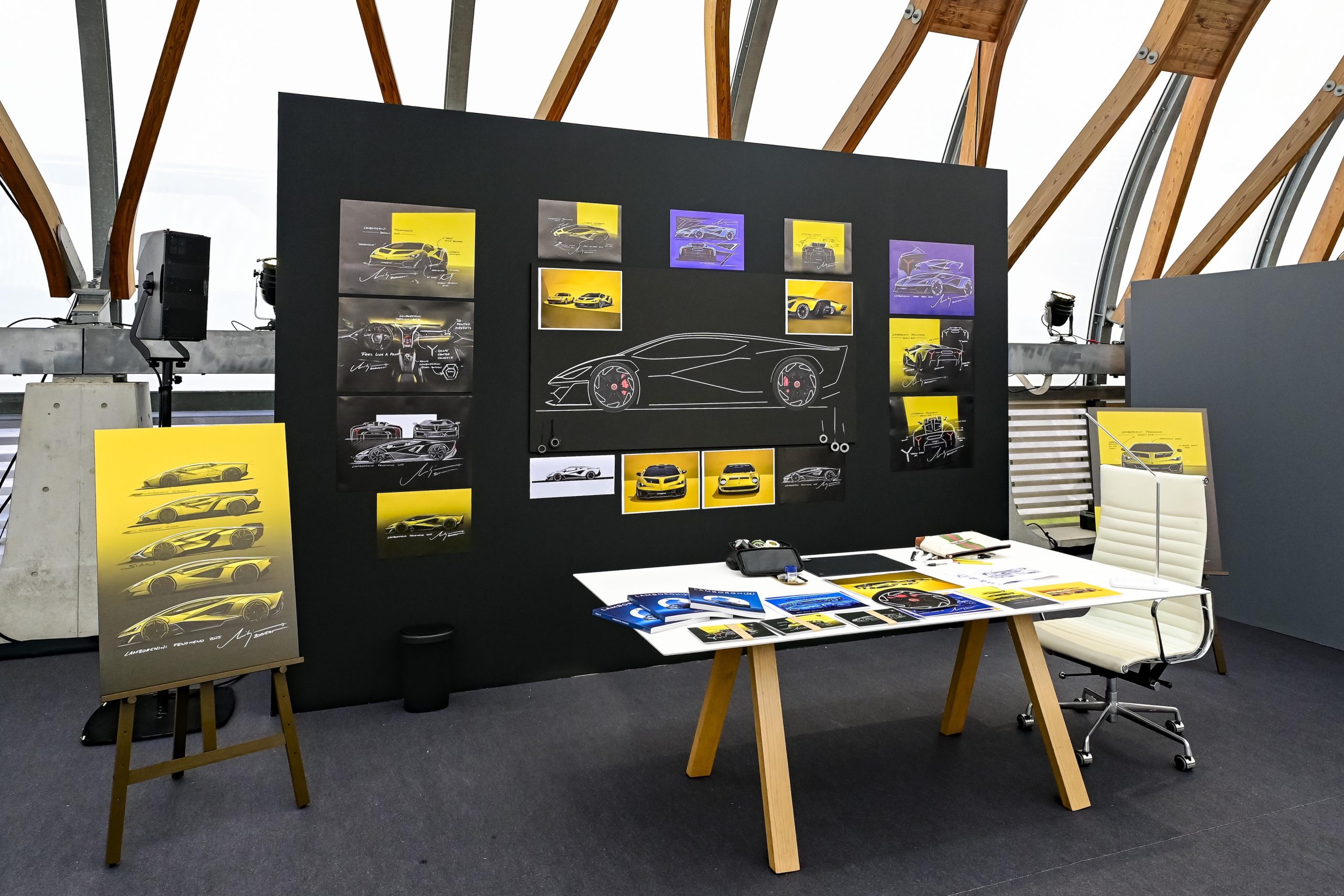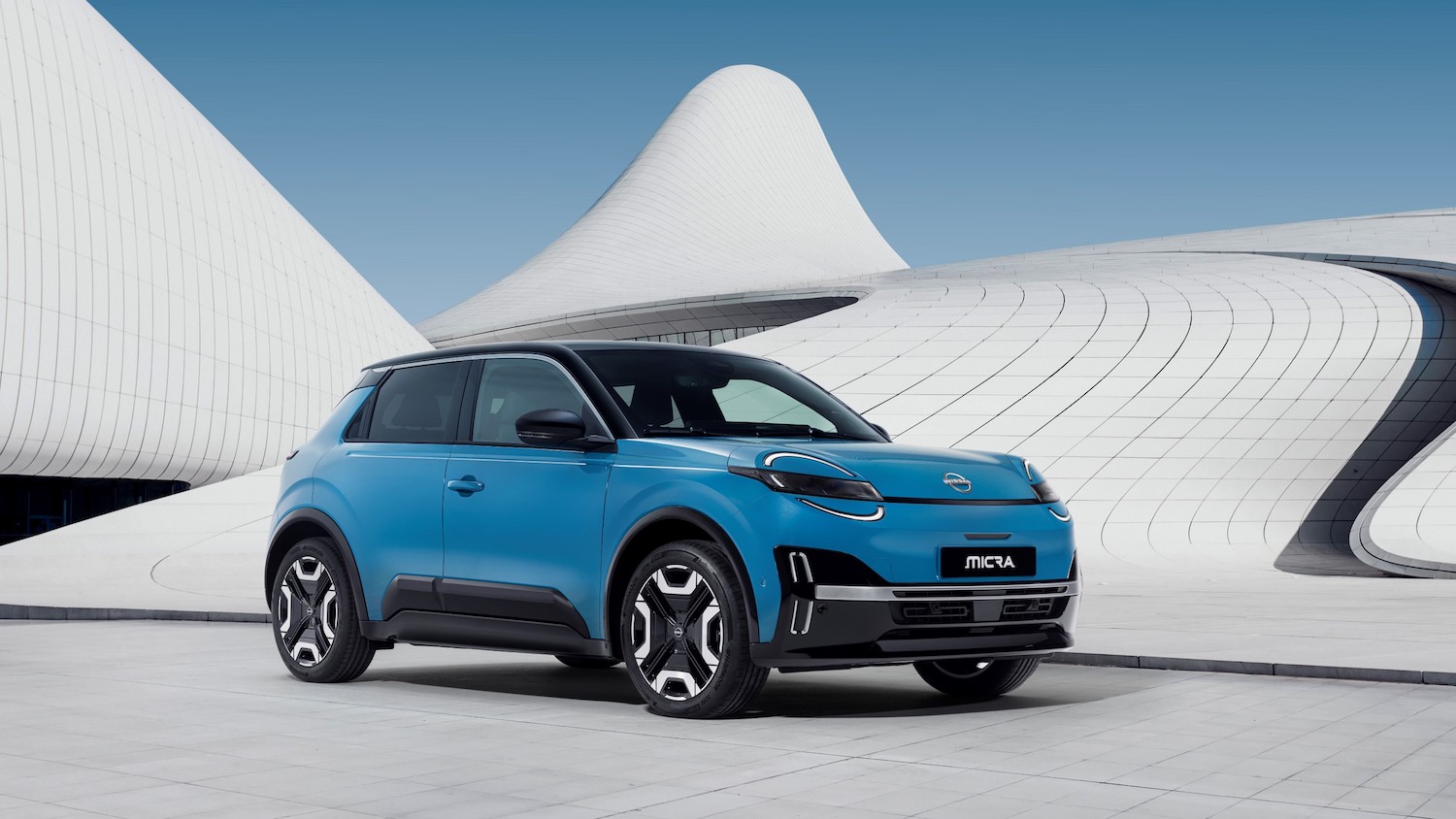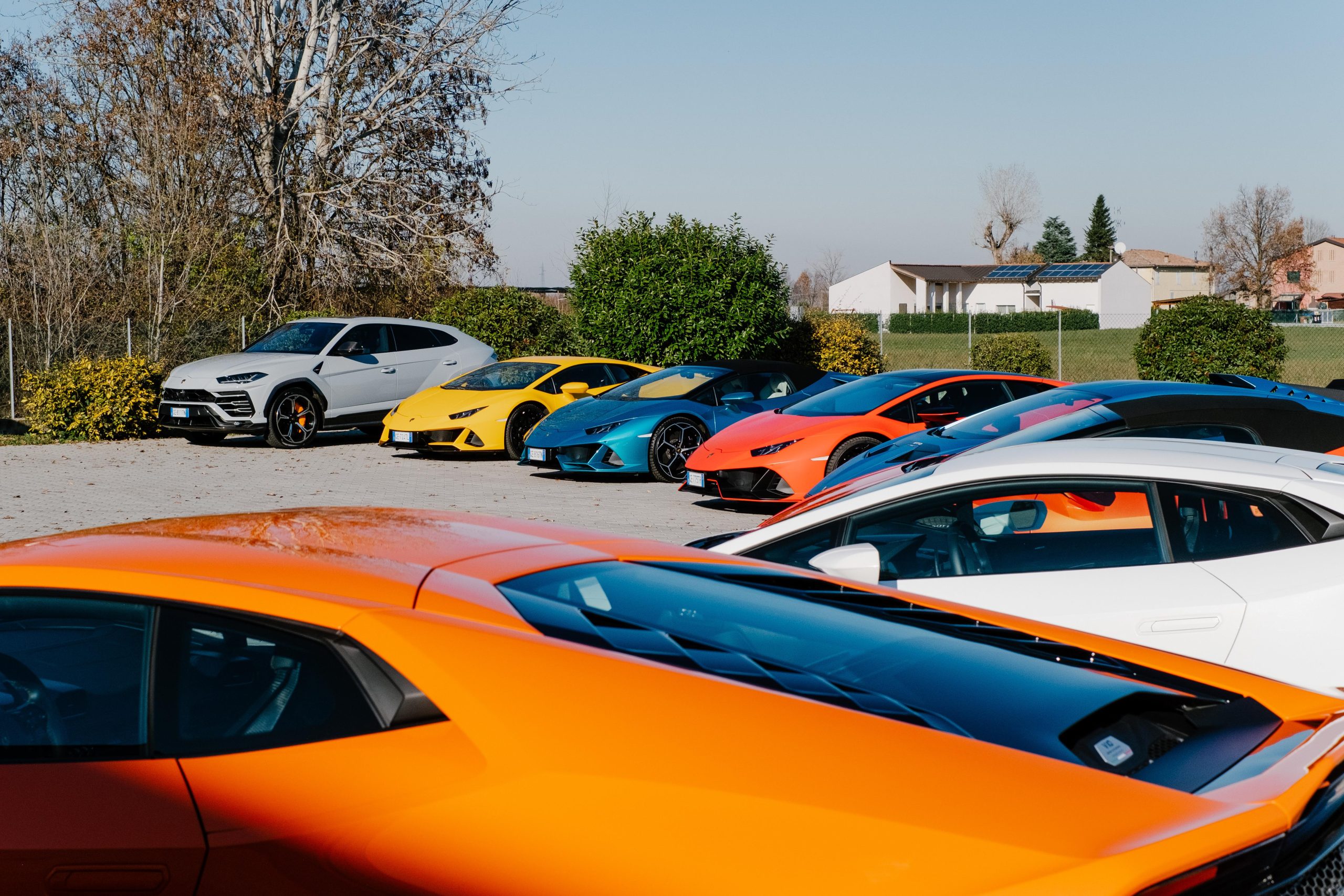The Evolution of Car Features: 10 Automotive Elements on the Verge of Extinction
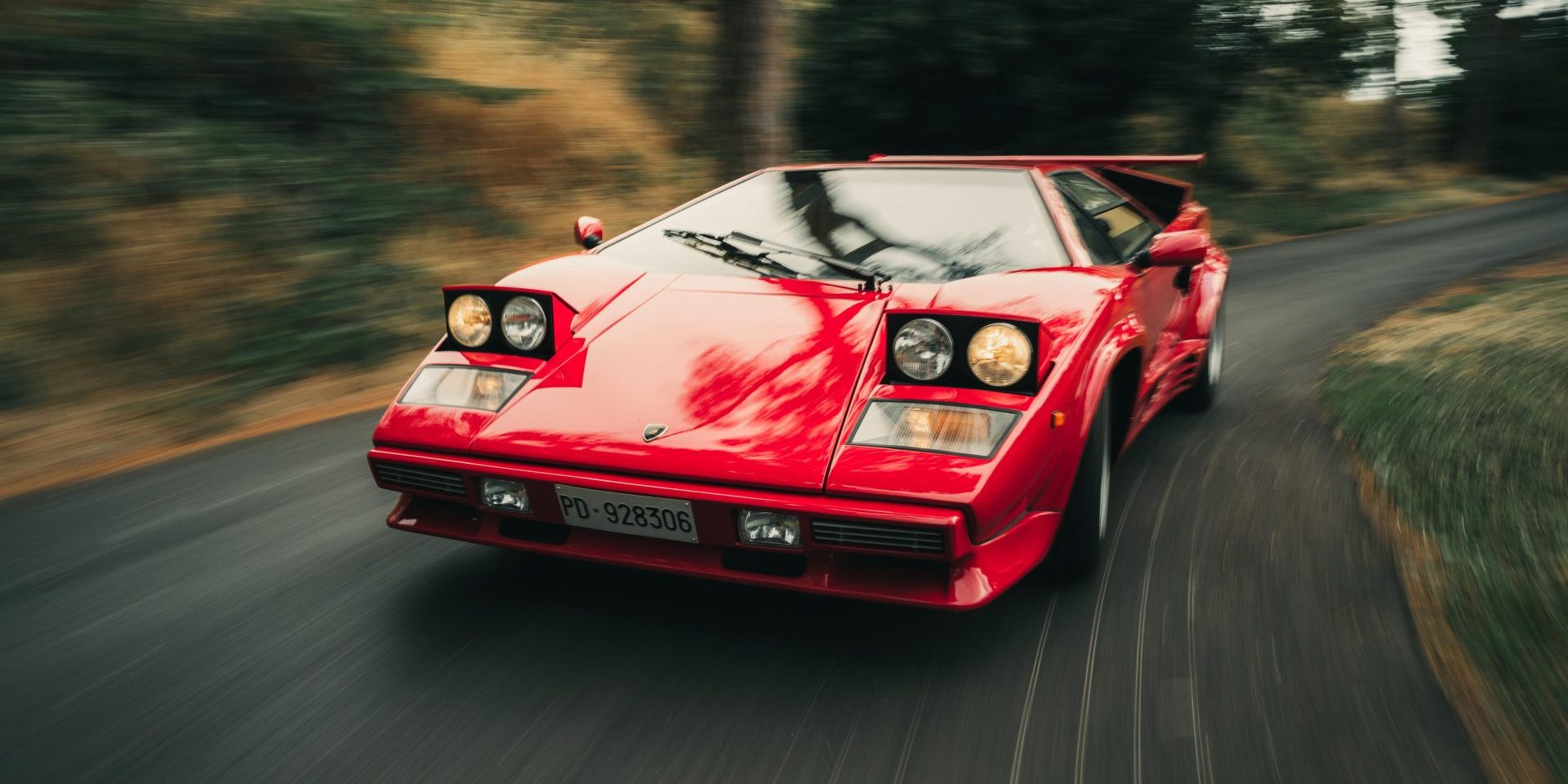
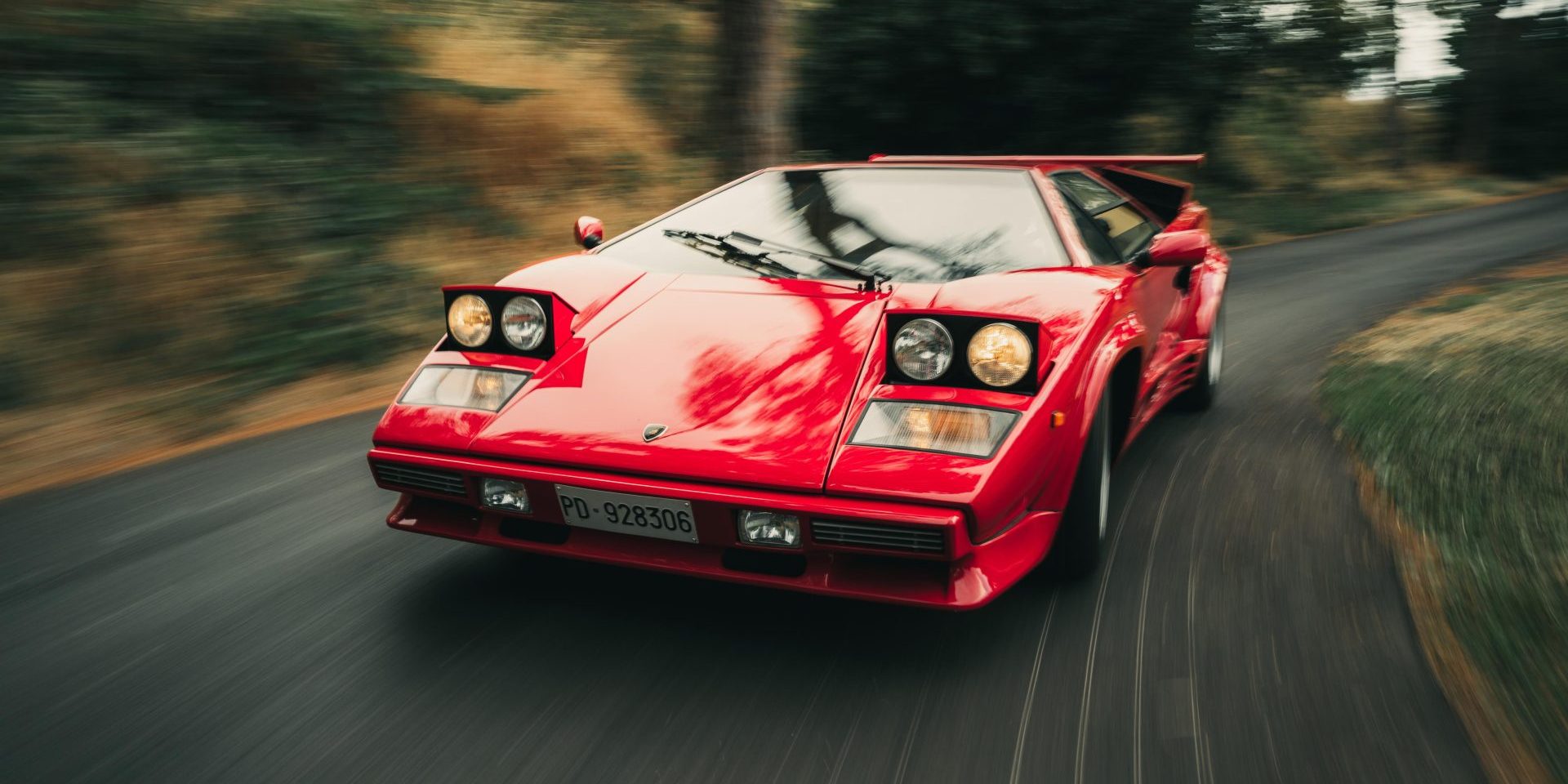
In a world where change is the only constant, the automotive industry is no exception. As technology advances and design styles evolve, certain car features that were once iconic and ubiquitous are now on the verge of becoming extinct.
Let’s take a closer look at ten such features that are gradually disappearing from the automotive landscape…
- Pop-up Headlights
Once a staple of legendary sports cars like the Lamborghini Countach, Ferrari Testarossa, and Mazda RX7, pop-up headlights have all but vanished from modern car designs. The European design laws of the early 2000s, which required more readily deformable front ends, coupled with cost-cutting measures, led to the demise of this nostalgic feature. - Rotary Engines
Rotary or Wankel engines, named after their German founder, were once considered more powerful than conventional car engines due to their high power-to-weight ratio. Cars like the NSU Spider and Mazda’s RX series of sports cars were beloved by speed enthusiasts for their high-revving nature and compact form. However, rotary engines have largely fallen out of favour in contemporary automotive design. - Manual Transmission
In an age where luxury and convenience reign supreme, manual transmission has become increasingly rare. Automatic transmissions, once a pricier option, have evolved to become the preferred choice for smooth, effortless driving. While some enthusiasts still appreciate the control offered by manual transmissions, they are gradually becoming a remnant of the past. - Car Keys
The humble car key, once the most valuable possession in a car owner’s hands, has undergone a significant transformation. Keyless entry and ignition technology have made traditional car keys largely obsolete, with start-stop buttons now commonplace in modern vehicles. - Spare Tyres
Spare tyres, once a prominent feature on SUVs and off-road vehicles, are now absent from nearly a third of the cars produced worldwide. The iconic image of a spare tyre mounted on the back of a rugged jeep has become a rarity in contemporary automotive design. - Protective Bumpers
In the days of classic Hollywood car chases, vehicles were equipped with bumpers designed to protect the car from damage. However, these bumpers would often fall off even in low-speed collisions. Modern cars have largely done away with this feature, focusing instead on other safety aspects. - Audible Turn Signals
The chirpy, noisy sounds that once reminded drivers to turn off their blinkers are disappearing from many luxury sedans and SUVs. While still crucial for accident prevention, modern car safety has shifted its focus to other advanced features. - Hand-Cranked Windows
The laborious hand-cranked windows, once an inherent feature of manual cars, have been replaced by the convenience of power windows. No longer do drivers have to struggle with cranks during sudden weather changes or when entering polluted areas. - CD Players
The ubiquitous CD player, which replaced the audiocassette in the early 2000s, has itself been replaced by the advent of digital music storage and streaming. The thumb drive has become the new ruler of in-car entertainment, rendering CD players obsolete. - Simplistic Car Designs
While some classic cars like the Ferrari F40 or the air-cooled Porsche 911 have stood the test of time with their sleek and simple designs, modern cars have become increasingly complex. With a plethora of features now at the driver’s fingertips, contemporary car architecture has evolved to resemble the functionality of smartphones and virtual assistants.
As the automotive industry continues to evolve, certain car features that were once cherished and iconic are gradually fading into obscurity. From pop-up headlights and rotary engines to manual transmissions and hand-cranked windows, these elements are being replaced by more advanced, convenient, and efficient alternatives.
While nostalgia may keep these features alive in the hearts of enthusiasts, the inexorable march of progress ensures that the cars of tomorrow will look and function quite differently from those of yesteryear.


